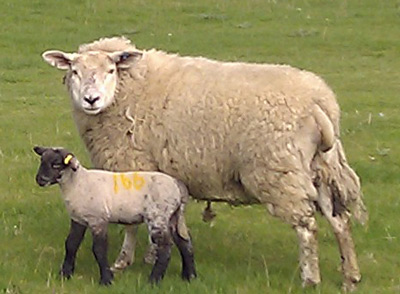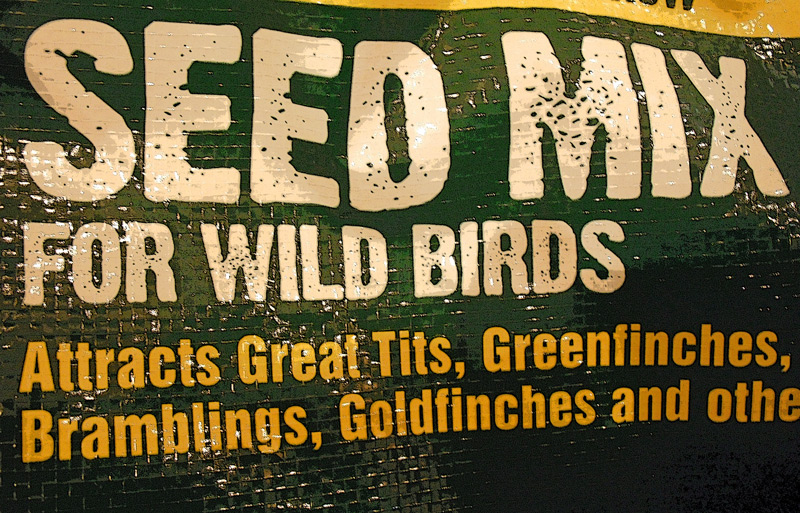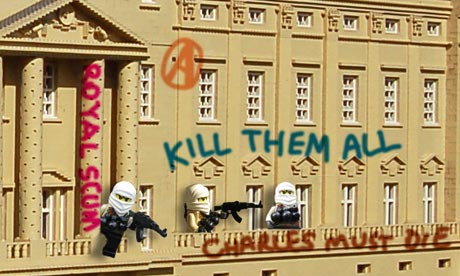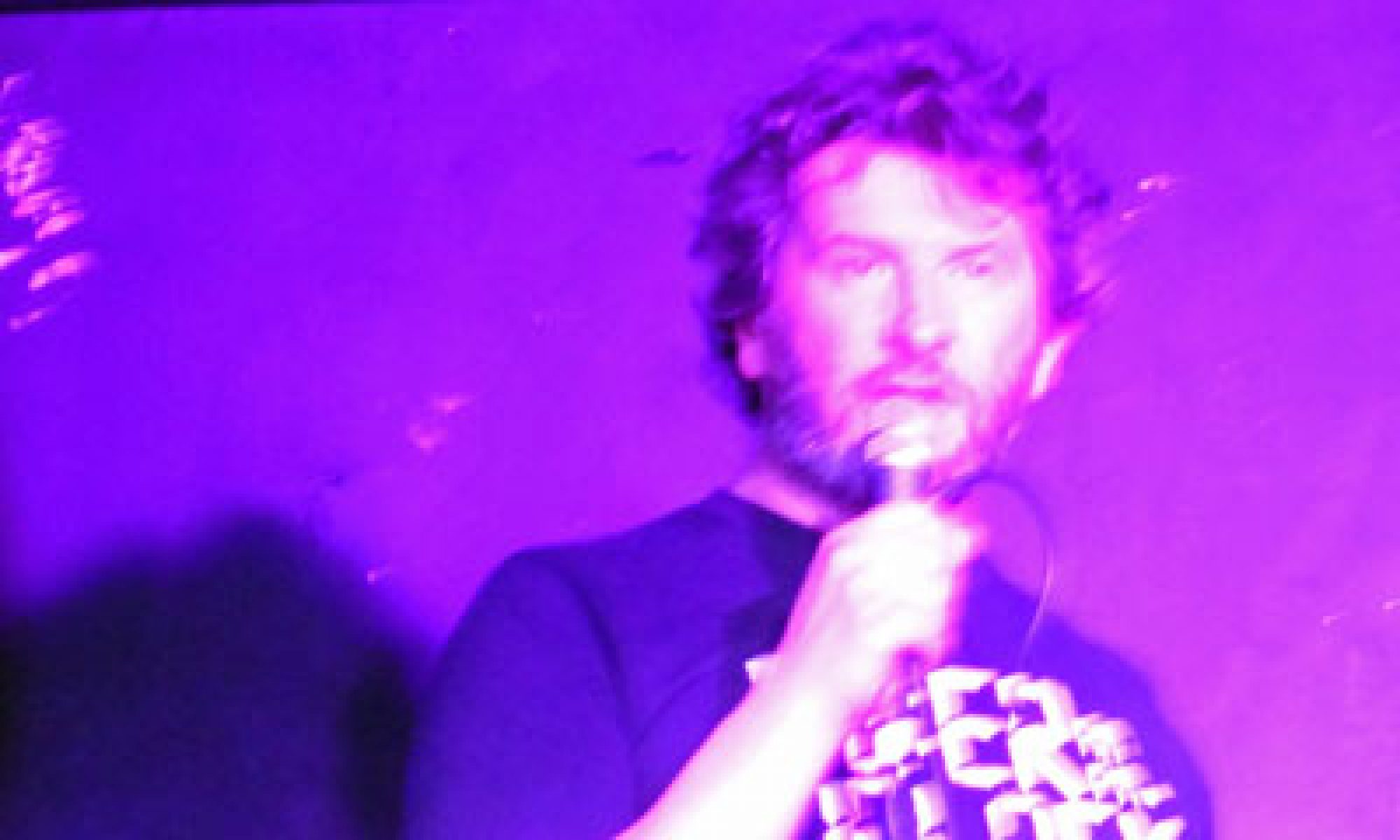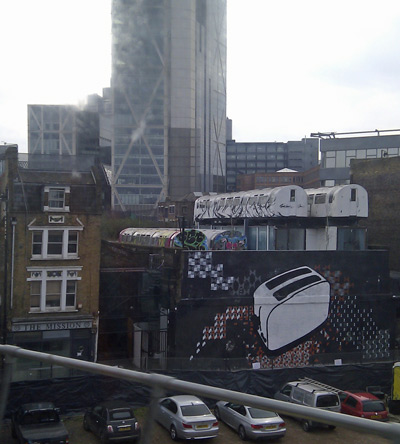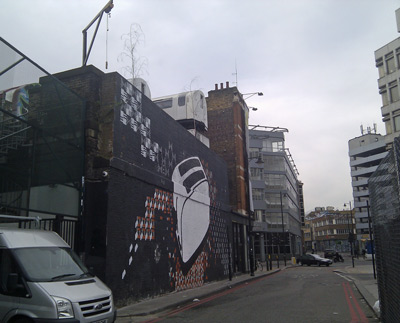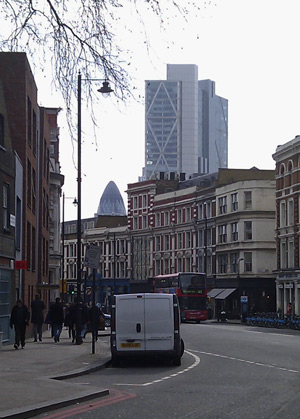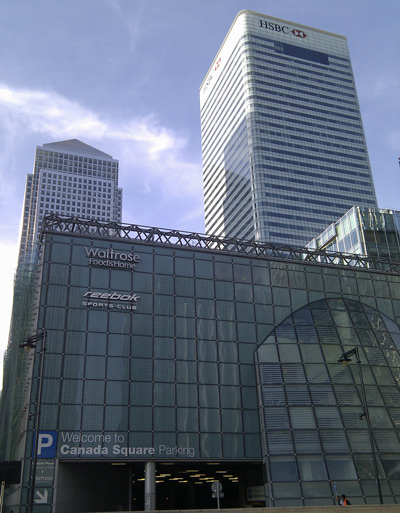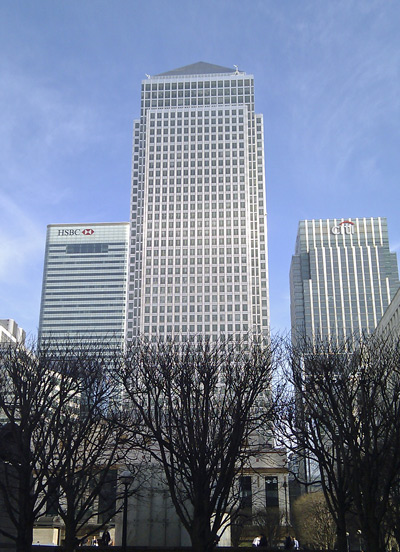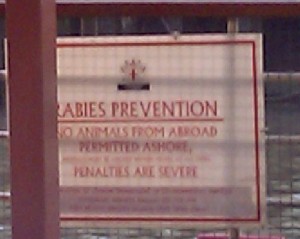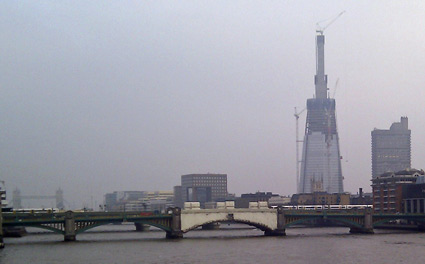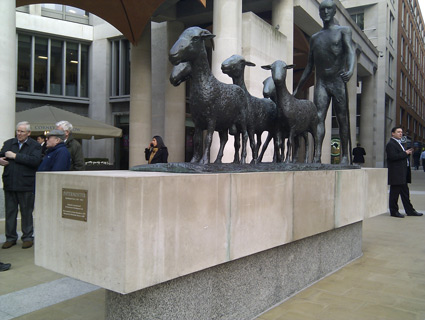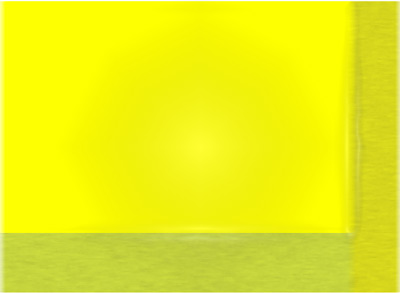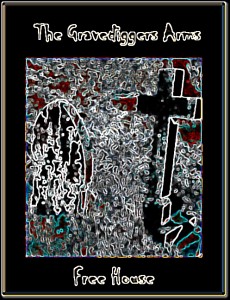A week last Saturday there was a documentary on BBC2 that was ostensibly about the sorry state of the world of books (riven as it’s meant to be by factionalism between literary and genre) but I found that, ironically, the programme itself served as an example of the inherent problems of a whole genre of television documentaries.
I’ve been meaning to blog about the three documentaries about books that were broadcast to co-incide with World Book Night and the Sebastian Faulkes series on the novel on the preceding four Saturday nights. Unfortunately I’ve had three pieces of writing to send out for tutorials or workshops in the meantime and had to submit my 118-page MSc dissertation at the start of last week.
Even so, Sue Perkins’ s programme ‘The Books We Really Read‘ Â was responsible for a minor fire-storm of tweets and provoked enough subsequent comment that its memory has maybe not yet totally escaped away into the ether.
Creative writing courses and their alleged ‘writing-by-numbers’ approach to novel writing came in for a bit of stick both in the Perkins programme and the following documentary, which profiled 12 ‘important’ debut novelists. Curiously, it seemed to me that it was the misapplication of a key creative writing class concept — plot — to ‘The Books We Really Read’ that made it grate far more it probably intended to.
One of the basic plots found across all fiction and drama is the quest whereby the hero sets out to achieve something, overcoming fear and obstacles on the way and thereby changing by gaining some self-knowledge.
It’s an archetype that’s been applied recently to documentaries, particularly the celebrity-led. This person is sent on a ‘personal journey’ which, naturally, progresses in true classic narrative plot style, from wariness or cynicism to growing familiarity, experiences a few challenges along the way, and ends with something of an epiphany. The Jamie Oliver school dinner documentaries were much in this vein as are the ‘Who Do You Think You Are’ documentaries where invariably something unusual or emotional is uncovered in the subject’s past.
This concept has been broadened into subjects where there is less personal involvement by the presenter and the concept is that the celebrity mediates between the subject and the viewer — the viewer gets signals of how we’re meant to react. This risks being patronising but can come off is the presenter is aimiable and sympathetic enough — the Al Murray documentaries on Germany were structured something like this.
This style of documentary making seems to have been what the makers of ‘The Books We Really Read’ had in mind but they appeared to spectacularly misapply the formula. The logic seemed to have gone: let’s do a documentary about how some books are considered easy to read and some scarily hard but it would be too patronising to have a presenter who was scared of literary fiction and was ‘improved’, Educating Rita style, into eventually enjoying it. Why not do it the other way round and have a presenter who affects only to enjoy literary fiction and expresses almost a fear of popular fiction — and in the course of the journey we learn that genre fiction isn’t all bad. Ironic and post-modern, huh?
This probably seemed a cleverly subversive idea but it also subverts the basics of the classic plot device it tries to exploit to the point where it worked against the programme. For the quest plot to work the reader (or viewer) must accept that the quest is credible and the hero must engender some sympathy or identification.
So to compare ‘The Books We Really Read’ with a similar, recent quest documentary — the Comic Relief documentary about Helen Skelton’s high-wire walking, we had Skelton working towards overcoming the fear of walking 60 metres in the air on a rope slung between two of Battersea Power Station’s chimneys whereas Sue Perkins was forced to read thrillers, crime fiction and romances. It might actually have worked had they approached the subject the other way round and followed an ‘ordinary’ reader’s apprehensions about tackling Perkins’s favourite author, Dostoyevsky — but that wouldn’t have been very innovative.
It was also inevitable that starting from a position of ostensible ignorance about popular fiction would portray the presenter as unavoidably snobbish. So we learned very early on that  Sue Perkins read English Literature at university and, inevitably (though I don’t see why), she had never read the type of dross that people choose take on holiday with them (cue interviewing people in an airport) but she’d judged the Man Booker prize instead.
This was obviously meant to set out the starting position from which she would mellow and ‘learn’ by the end of the programme but it sent the message that she’d be metaphorically holding her nose until persuaded otherwise. This wasn’t the best way of gaining sympathy for the hero’s quest and raised the question of what audience the programme was made for — maybe just fellow Oxbridge English graduates and probably not even the majority of those. (I’m not sure whether she mentioned it was Cambridge where she read English — sadly the programme is no longer available on iPlayer — but  somehow that fact has lodged in my brain, as probably was the intention.)
This positioning of the presenter took up a good five or ten minutes at the start of the documentary and it was entirely irrelevant to the subject. It’s a shame as the underlying hypothesis is fascinating and topical– is there a meaningful distinction between the sort of literary fiction studied at Cambridge and the type of books sold by the yard at the local Asda?
Perhaps trying to analyse popular taste in the arts using a highly personalised approach is inevitably flawed — it seemed to be at the root of the unsatisfactory aspects of ‘Faulkes on Fiction’.
The programme wasn’t above using a few documentary makers’ tricks to advance its agenda. We saw many of Lee Child’s fans queuing for his signature in a bookshop and many were asked about how they pictured his thrillers’ hero, Jack Reacher, who’s a rugged type, not unlike how Child himself appears in person. The implication seemed to be that his readers were like the sort of soap opera fans who run up to an actor in the street to berate the character they play’s actions — ‘How could you swap the baby?’
As always, ‘ordinary’ people were shown jostling in the public space of a shop whereas ‘the experts’ always sit in a quiet room with a nice table lamp in the background — or on the solitude of a park bench.
Child made a feisty contribution, his revelling in the ‘us and them’ divide between his genre and literary fiction seemed to fit the documentary’s pseudo-narrative opening chapter. He made the inflammatory assertion that literary fiction writers are unable to write genre fiction and the snobbishness of the literary establishment is because they know that bestselling authors could write literary fiction as easily as dropping off a log.
This claim could have been exploited better in a traditional documentary — by introducing counter arguments. Instead his arguments were apparently undermined simply by Perkins reading out passages of his prose in a silly voice. This is something she did for the work of several other authors.
Maybe Child’s arguments have already been discussed to death in various versions of the ‘is Dylan better than Keats’ debate on the likes of Newsnight Review?
But no doubt many of the readers of genre fiction agree with straightforward proposition that the writers who Perkins investigated have the talent to identify what the majority of readers want from a book and are rewarded by selling a lot of books and, presumably, making money whereas many literary fiction writers scrape by on Arts Council grants and the proceeds of prizes allocated by the literary establishment.
There’s always also a widespread suspicion of claims made about a work’s intellectual or aesthetic pedigree when the acclaim comes from a closed, elite group of arbiters. This is the classic ’emperor’s’ new clothes’ situation that applies even more to modern art, modern classical music and various other art forms where there’s a suspicion that reputations can be determined by a small number of influential critics who may be motivated by political or social factors.
The tone of the interviews followed the narrative arc of the programme — Child was confrontational, then Ian Rankin was emollient on crime fiction (conceding that armies of 70-year old detective spinsters stretched credibility). Sophie Kinsella, sitting agreeably in her pyjamas, was then able to make the assertion that allowed the self-knowledge aspect of the documentary’s ‘plot’ to reach its conclusion: Jane Austen wrote on subjects that are staples of modern chick-lit.
The logic of this argument was about the universality of human experience: one of the English language’s greatest novelists wrote about the difficulty for women of finding a good man — and so, for that matter, did Charlotte Brontë. This is very true but it’s also true that many of Shakespeare’s plays could be considered thrillers or fantasies and that, even, Austen’s Emma could be argued to be the first detective novel.
It’s not really an argument that equates a bit of Jilly Cooper with literary fiction but it seemed that the programme had come so far in its journey that it ended up arguing for the values of relativism that it had held in contempt at the outset.
The mention of the universal appeal of the basic romance story of the search for the perfect partner allowed the programme to reach its rather unconvincing — but inevitable conclusion — people liked bestsellers because they have a plot, which is something that, as everyone knows, literary fiction books don’t.
So in the end, the programme concluded that there were some good things about literary stuff — like the enjoyment of beautiful prose — and good things about thrillers, crime fiction and romances (well, perhaps, just one albeit the most important in any narrative work) and, actually, maybe they’re not too different after all and wouldn’t it be nice if they could, maybe, learn a bit from each other? Now that sounds like the basis for a programme I’d really like to watch.
